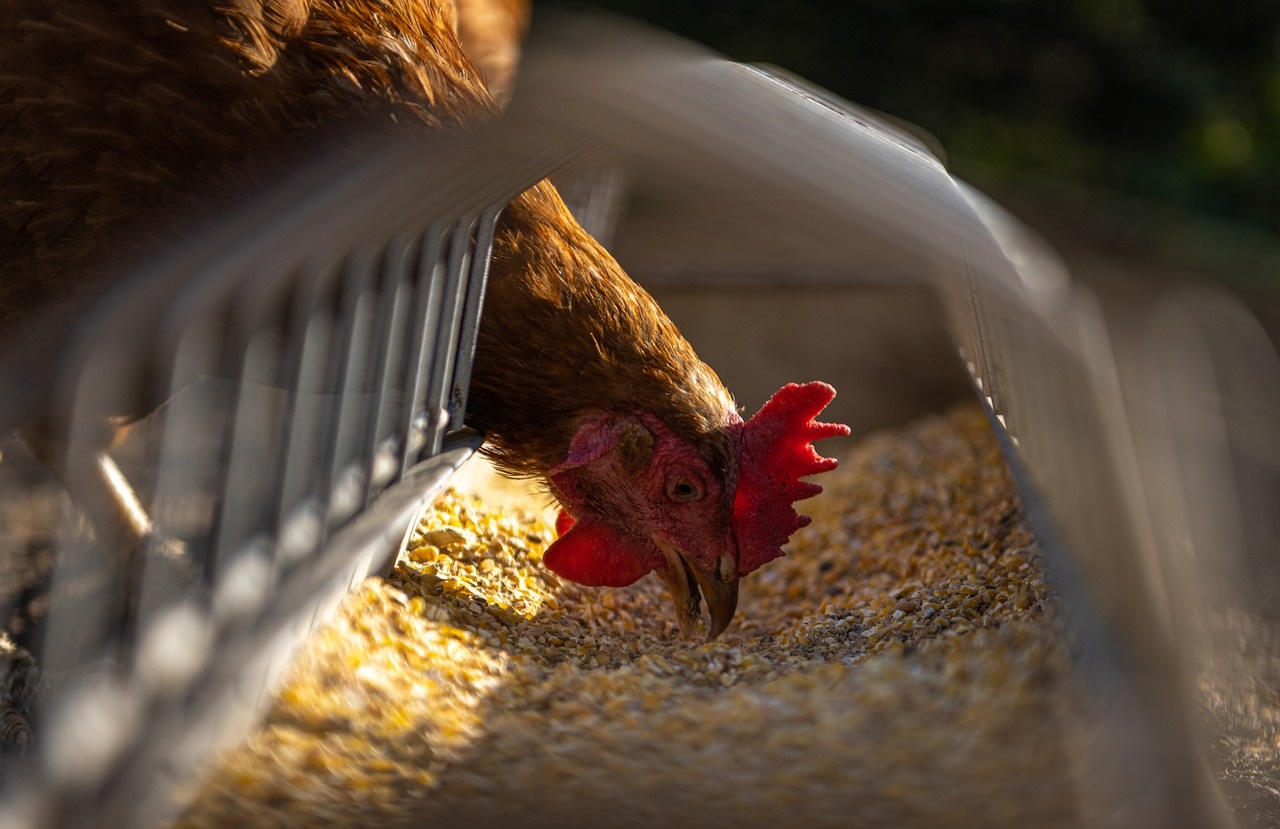The Australian government will allocate an additional AU$95 million to prevent a destructive bird flu strain, which has upended the global agricultural industry, from wreaking havoc in the country.
The Labor government had earlier granted AU$1 billion toward improving the country’s biosecurity if the avian influenza strain was detected on Australian shores.
The H5N1 clade 2.3.4.4b avian influenza has killed hundreds of millions of birds and tens of thousands of mammals since it first emerged in Asia, Europe, and Africa in 2020. Oceania is the last region in the world not affected by the deadly virus, Reuters reported.
“This strain of avian influenza presents a real and significant threat to Australia’s agriculture sector,” Agriculture, Fisheries and Forestry Minister Julie Collins stated.
The new AU$95 million in funding will be allocated across three key areas — AU$37 million to enhance biosecurity responses, wild bird surveillance, and a coordinated national communications plan, AU$35.9 million to bolster protections for vulnerable species and locations, and AU$22.1 million to store pandemic flu vaccines in the National Medical Stockpile, managed by the Australian Centre for Disease Control, in case of an animal-to-human transmission, News.com reported.
Earlier this year, Australia dealt with three parallel outbreaks of bird flu, but each involved a different strain of the virus, none of which was the H5N1 type.
“Impacts experienced this year from outbreaks of other strains of high pathogenicity avian influenza highlight the importance of continued investment in national preparedness,” Collins said.
Authorities were on high alert after 16 egg and poultry farms across NSW, the ACT and Victoria reported the outbreak of the pathogenic H7 strain, leading to major supermarkets limiting the purchase of eggs.
Since the region was not a regular migration route for large birds, such as geese that spread infection, Australia has been shielded to a certain extent. However, with H5N1 reaching Indonesia in 2022 and Antarctica last year, scientists warn of a higher risk of it arriving in Australia via smaller migratory shorebirds during the Southern Hemisphere spring from September to November.







